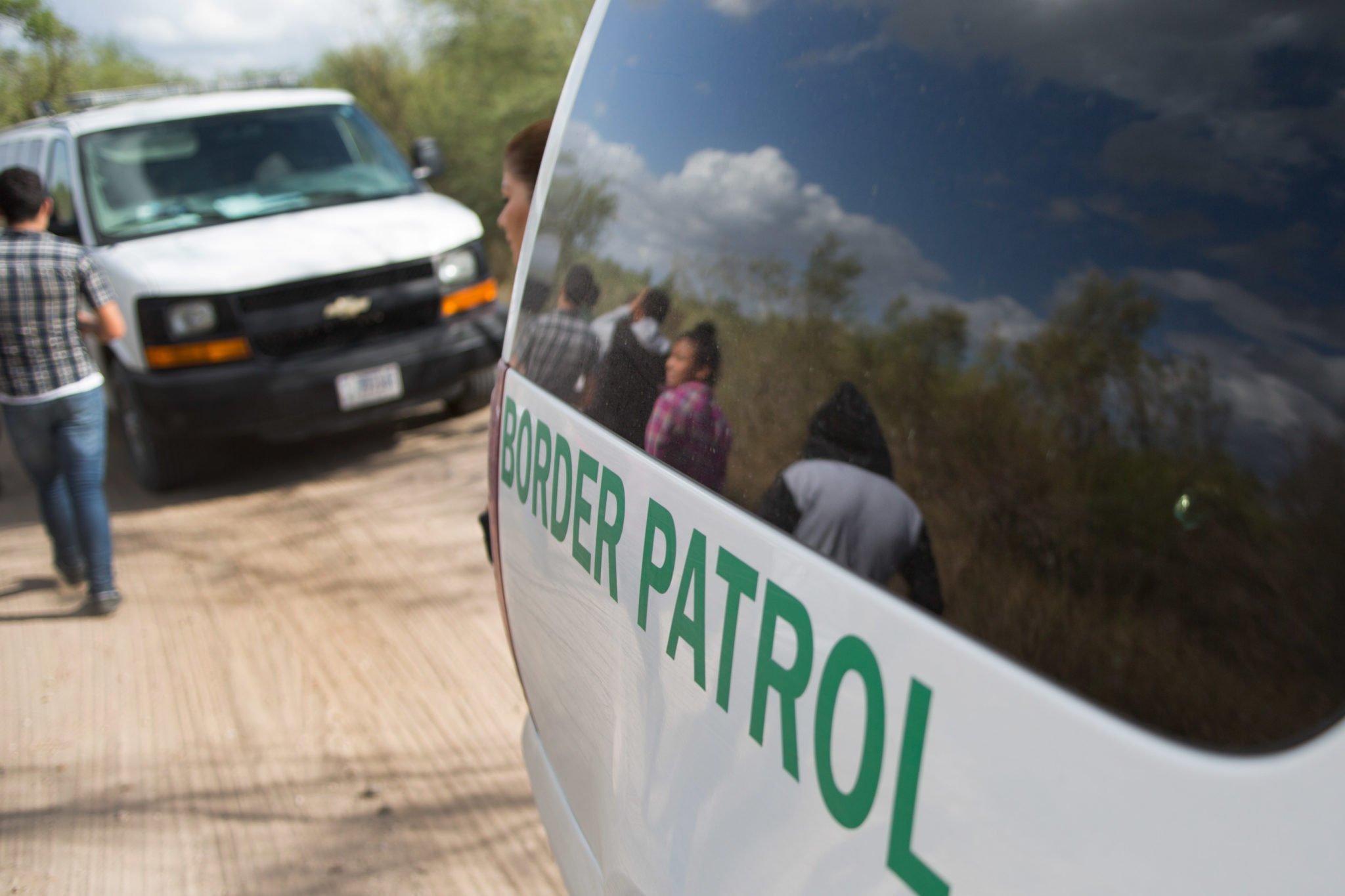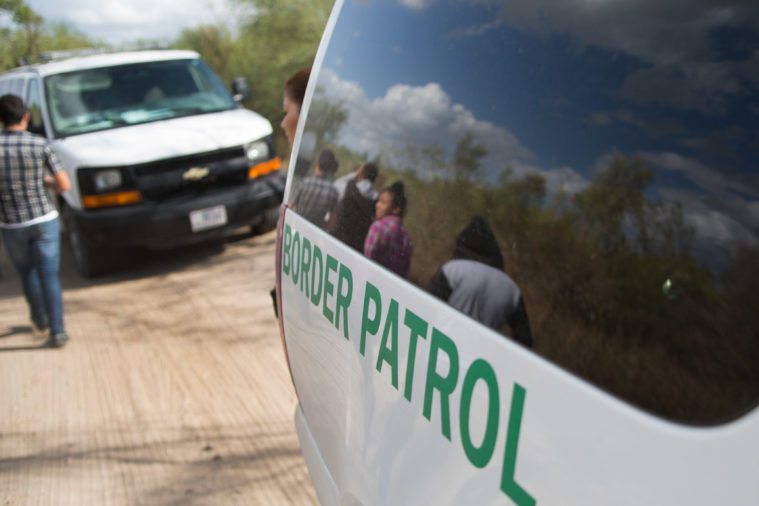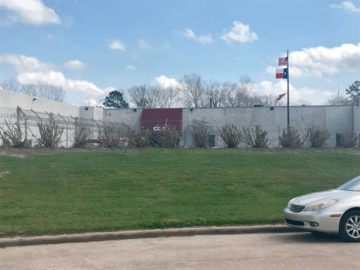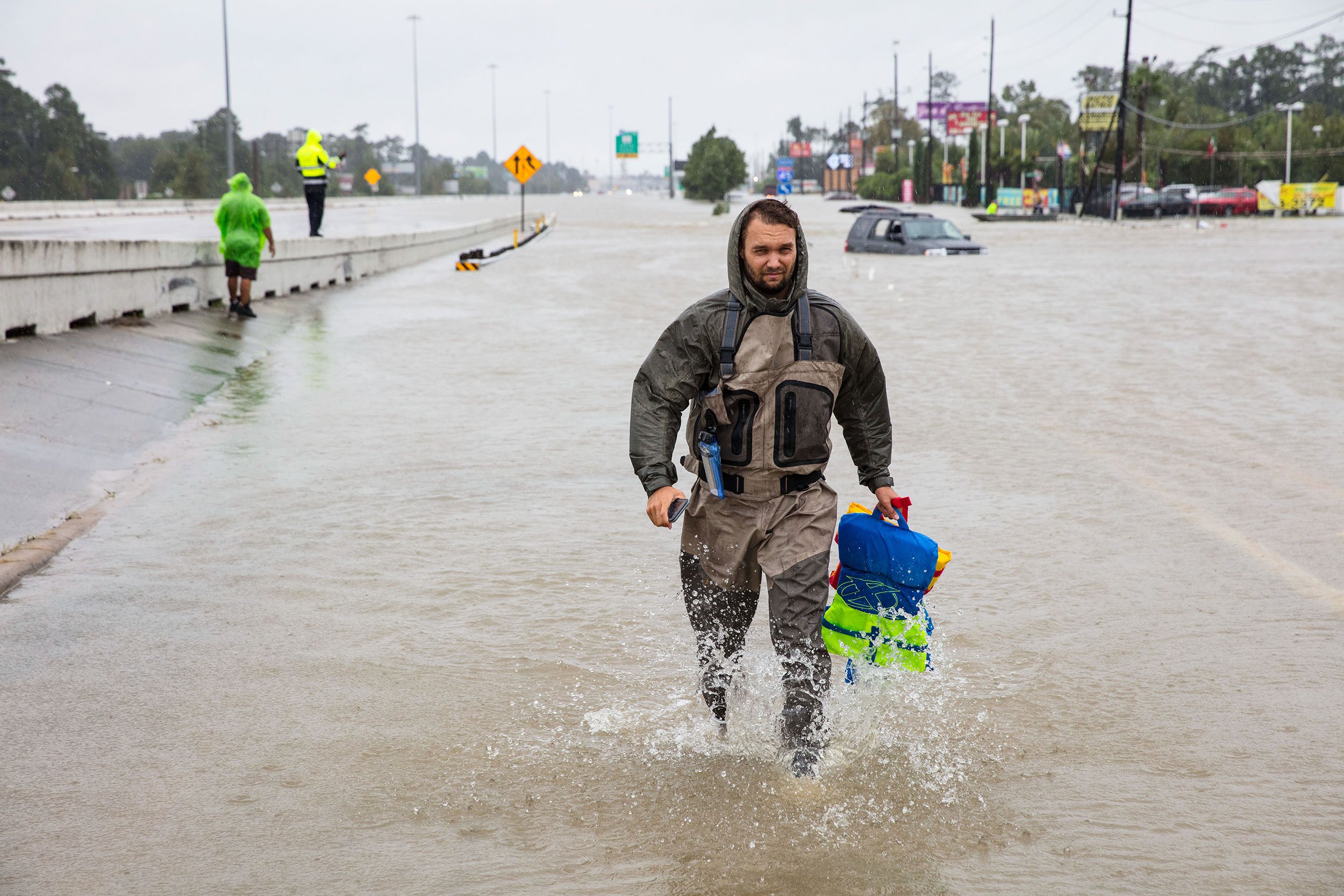
ICE Detained This Trafficking Victim on Her 18th Birthday. Why?
Under Trump, advocates say agents increasingly show up at government-run youth shelters to detain 18-year-old immigrants who used to go free.


Around 4 a.m. on August 22, the immigration agents came for Ana. It was her 18th birthday. For the past seven months, she had been living in a shelter for immigrant kids near Corpus Christi, recovering from the trauma of being sold into servitude by her parents and preparing applications for permission to stay in the United States.
As an adult, she couldn’t stay any longer at the government-run youth shelter, but a charitable organization had agreed to take her in until she could get on her feet. That was the plan until immigration officials declined to let her go, and agents whisked her away before dawn to the prison-like Houston Contract Detention Facility, where she remains today.
Her attorney worries that detention will re-traumatize her. She also argues that detaining a trafficking victim with an extremely strong case for staying in the U.S. legally is pointless. But Ana’s experience is far from unique: Advocates around the country say that since President Trump took office, a growing number of young immigrants are facing incarceration on their 18th birthdays.
In 2016, more than 60,000 children arrived at the U.S.-Mexico border unaccompanied by an adult, most from Central America’s violence-ridden “Northern Triangle” of El Salvador, Honduras and Guatemala. Trump’s inauguration slashed arrivals for a time, but numbers have increased since May, reaching about 3,500 kids last month.
When those kids arrive, they’re typically referred to the Office of Refugee Resettlement (ORR), a federal agency that maintains a network of about 100 youth shelters around the country. Most are then quickly sent to live with adult family members, but some have nowhere to go. If they don’t secure legal status by their 18th birthday, Immigration and Customs Enforcement (ICE) either agrees to release them, sometimes to a nonprofit shelter, or puts them in detention.
ICE’s decision forced Ana into a prison-like setting that’s long been shown to exacerbate trauma and mental health problems.
Immigrant youth with lawyers, like Ana, overwhelmingly show up to court: Since 2005, only 3 percent have abandoned their legal proceedings. But these days, they increasingly land in detention anyway.
When she was 15, Ana’s parents sold her from Central America to a man in the United States, according to Diana Tafur, her attorney with RAICES, the Refugee and Immigrant Center for Education and Legal Services. Ana asked that her real name and country of origin not be used because she fears that man could identify her.
At first, Ana only had to carry on a relationship over the phone, but early this year, the man paid a smuggler to bring her north. He wanted to “have her work as his slave taking care of his house, cooking his food, having sex with him,” Tafur told the Observer. When Ana arrived at the border, she turned herself into Border Patrol; the man then intended to take custody of her, Tafur said.
But once in the ORR shelter, Tafur said Ana confided in a caseworker, who prevented the man from retrieving her. Ana stayed put while Tafur began assembling evidence for her case.
In June, the federal Office on Trafficking in Persons determined it had received “credible information” that Ana had suffered a “severe form of trafficking,” which qualifies her for benefits including free mental health services.
By late summer, Tafur had submitted applications for two forms of legal status — one for abandoned children and another for trafficking victims — both of which take months to process. On August 21, an immigration judge even “administratively closed” her case, meaning he saw no point in actively trying to deport her. Everything was in place; ICE just had to consent to her release.
But a day before Ana’s birthday, ICE’s Houston field office refused Tafur’s request. Tafur isn’t sure why. Gregory Palmore, spokesperson for the Houston ICE office, declined to answer questions about Ana’s case, citing “privacy reasons.”

ICE’s decision forced Ana into a prison-like setting that’s long been shown to exacerbate trauma and mental health problems. Her detention, which could last months, also costs taxpayers about $103 per day — money that lands in the coffers of CoreCivic, a for-profit prison corporation.
Several attorneys and advocates told the Observer they’ve seen an increase in cases like Ana’s.
“We’ve been changing the way we’re talking to kids to basically prepare them for the eventuality of ICE detention [if they can’t reunify with family],” said Nithya Nathan-Pineau of the Capital Area Immigrants’ Rights Coalition, a Washington, D.C., organization that works at shelters in Virginia and Maryland. Asked about Ana’s case, Nathan-Pineau said: “A year ago, I would say that’s extreme, but now, my expectations of ICE are lower.”
Jennifer Nagda, policy director at the Young Center for Immigrant Children’s Rights, said her nationwide organization has also seen an increase since January, including cases in Texas, California, New York and the Washington, D.C, area.
Asked about the increase, ICE spokesperson Brendan Raedy replied: “ICE does not track this information in a statistically trackable manner,” adding that the agency continues to “consider each case individually.”
ICE may have worsened the problem this summer when it targeted family members who’d agreed to host immigrant kids. During two months, the agency arrested more than 400 people. Advocates say the arrests stoked fears that are now deterring relatives from coming forward as hosts, which leaves more kids stranded in shelters until adulthood.
At the time of publication, Ana has spent more than three weeks in detention, and there’s no saying how long she might be locked up. According to advocates, 18-year-olds often feel lost in the detention system, where they’re isolated from their lawyers and other supportive adults.
“There’s no switch that gets flipped [at 18] that makes you really mature and able to navigate difficult bureaucracy,” said Nathan-Pineau. “It feels like detention is never-ending; it’s hard to see the light at the end of the tunnel.”


